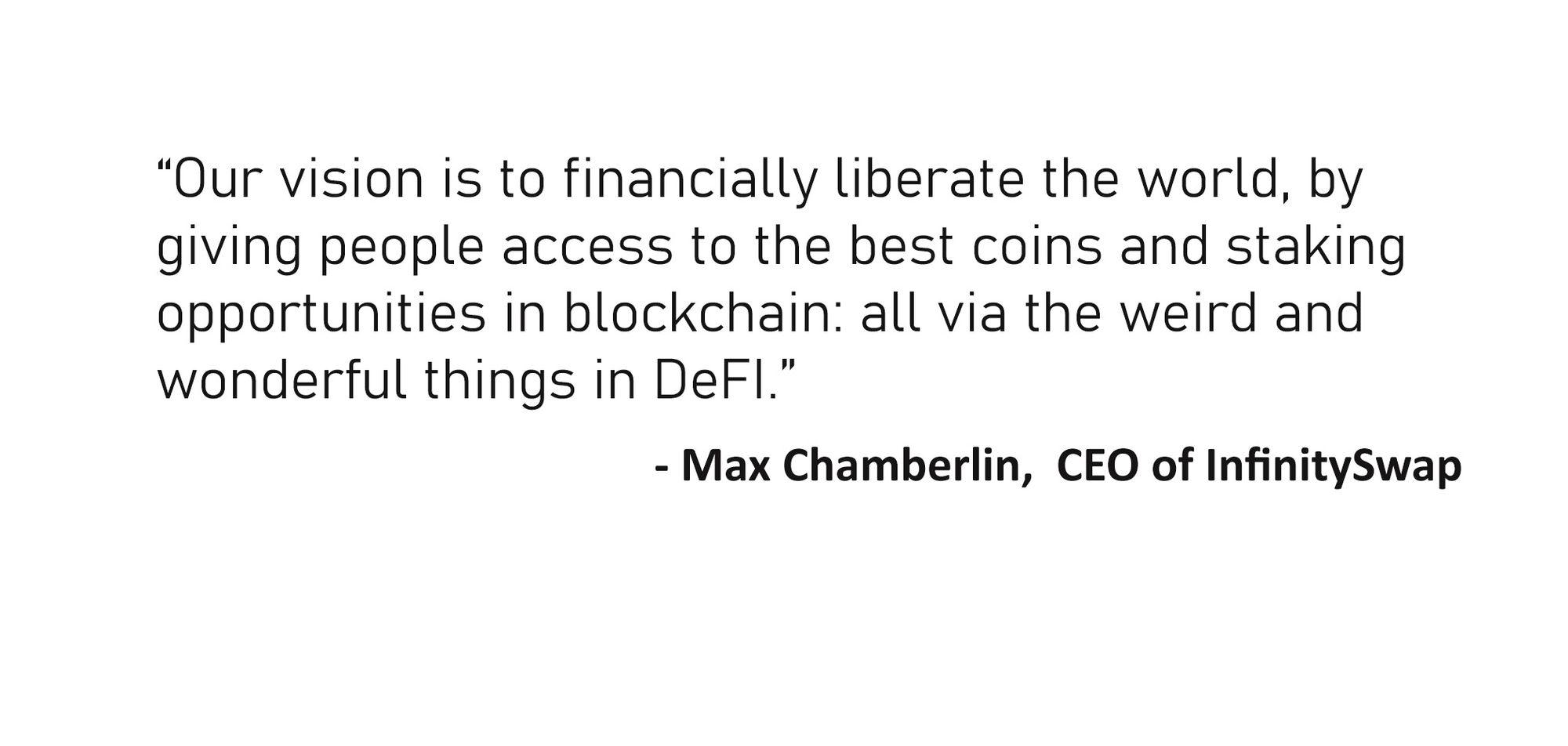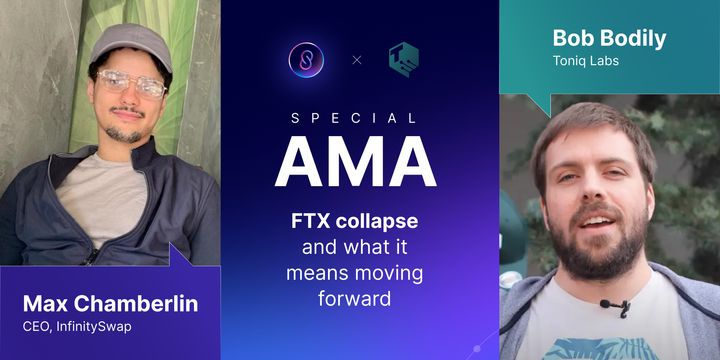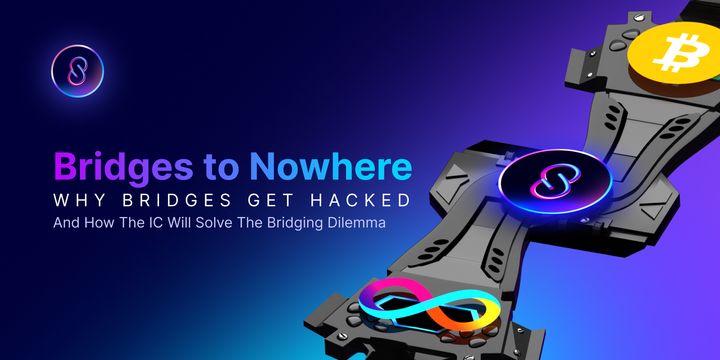Web 3: Power to the People
Decentralized Finance is like a Swiss army knife of financial tools continuously under refinement, with a myriad of potential use cases.

If you are reading this, congratulations: you are witness to the early days of Web 3. By delving into blockchain technology, investing in crypto, and trying out new DeFi protocols and dapps (such as testing out the Bitfinity Wallet), you are acting as an early Web 3 pioneer, adding traffic and ushering in adoption to this burgeoning new iteration of the internet. But what exactly is Web 3, and why should you care about it?
How You (Probably) Got Here
The primary allure of Web 3, as it is right now, is the potential to make money. Cryptocurrency trading is the best-known application of Web 3, and most people’s first foray out of Web 2 is driven by the siren song of becoming a crypto millionaire.
However, DeFi is much more than betting on speculative digital assets—Decentralized Finance is like a Swiss army knife of financial tools continuously under refinement, with a myriad of potential use cases. DeFi’s ultimate goal is to provide solutions to issues that exist in the traditional financial system (such as security flaws, accessibility, and privacy concerns).
Much like how DeFi is more than crypto trading, Web 3 is more than DeFi. As important as DeFi is, Web 3 is poised to disrupt virtually every single industry in existence. From DAOs (Decentralized Autonomous Organizations) to interoperable metaverses (virtual realities that are cross-compatible), Web 3’s defining characteristic is that it holds boundless potential; users are no longer limited by the restraints imposed by service providers.
A Brief History of the Internet
Although Chris Dixon (of venture capital firm A16Z, which has DFINITY in their active investment portfolio) is often credited for this quote, it was actually Him Gajria of Equation who first laid out this digestible summary of webs 1 through 3, along with a thorough explanation of the core differences between them.
Web 1: Read
— him.eth (@himgajria) May 29, 2020
Web 2: Read-Write
Web 3: Read-Write-Own
Web 1: Read (late 1980s to early 2000s)
The earliest websites were composed of pages containing static content. In other words, there was no interaction between the consumer and the creator. While one could access and view information, that was it. Furthermore, the data being delivered was centralized in every way, from creation to the technical storage and delivery of content:
As this network grew, the foundational infrastructure (the network layer which facilitated IP) like satellites, wires, towers, etc. was being consolidated by telecom companies. And the layer above (WWW) was still hosted ‘locally’, meaning that websites and their underlying data were stored with the creators of said websites in a siloed manner.
In simple words, at this point: Data is centralised, the storage of the data is centralised, and the communication of said data is centralised as well.
-Him Gajria (Web 3.0)
Web 2: Read - Write (early 2000s to now)
As technology developed and websites could host more complex forms of data, social networking sites began to grow at a rapid pace. Centralized services like Blogger were tremendously popular in the early aughts and helped to spur the first boom of user-created content. Unlike the earliest days of the internet, Web 2 meant that one could now interact with a website, whether it was by submitting original content or via commentary.
Over the years, people began to flock to Big Tech platforms en masse, from those early blog hosting services to mega-popular apps du jour like TikTok. Ease of use and the networking effect were the main drivers for adoption, but the low barrier to entry came with a high cost: users don't own their own data.
By now, we have seen numerous examples of sudden de-platforming, from Twitter bans to the more recent MailChimp suspension of crypto-related accounts. Users of centralized services are at the mercy of those entities. If you are denied service in these instances, not only do you lose access to the platform, but you lose all of the data you created as well. More egregiously, the data of those who are allowed to exist on these platforms are bought and sold, often without any knowledge by the users themselves.
In Web 2, while you can read and write, you don't own anything.
Web 3: Read - Write - Own (now)
The core concept behind Web 3 is that you own your own data. What belongs to you, belongs to you. Decentralized applications (dapps), once deployed, must follow the code under which they were created. There is no sudden change in "Terms of Use" and no threat of arbitrary censorship or de-platforming. Furthermore, because everything is recorded on the blockchain, there is total transparency--this is completely unlike Big Tech entities, which tend to operate in a clandestine fashion.
As you have probably gathered by now, not only are there endless possibilities as to what Web 3 can bring but there is a real need for decentralized goods and services. The Internet Computer is ideal to build this new ecosystem of Web 3 dapps on for many reasons. It is cost-efficient, faster than any other blockchain, and the DFINITY Foundation has one of the largest and most qualified developer teams in all of crypto. We at Infinity Swap are strong advocates of building a better Web 3, which is why we focus on collaborative efforts with other teams in the IC ecosystem, as our numerous partnerships demonstrate.
We also believe in fostering a strong community with genuine relationships, because the point of Web 3 is to give power back to the individual. On that note, don't forget to join our Discord and follow our Twitter account, we have a lot of exciting giveaways and events planned to reward our incredibly supportive community.
*For partnerships, reach out to our Head of Marketing @ICPfan8 at daniel@infinityswap.one or reach him via Discord at Daniel James#2785. Thank you!
Connect with InfinitySwap
Twitter | Website | Telegram | Discord | Github

*Disclaimer: While every effort is made on this website to provide accurate information, any opinions expressed or information disseminated do not necessarily reflect the views of InfinitySwap itself.






Comments ()